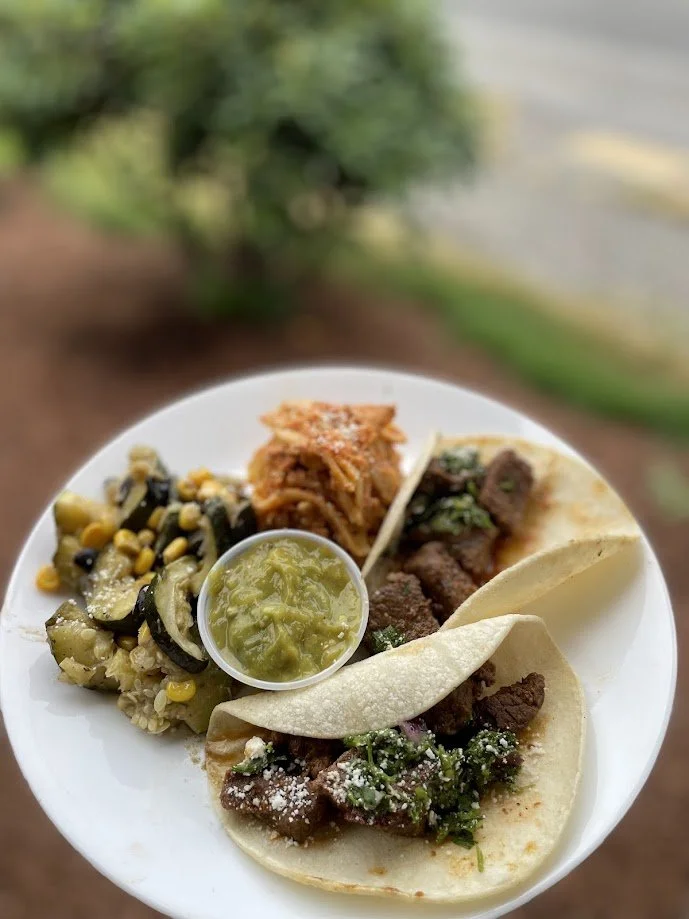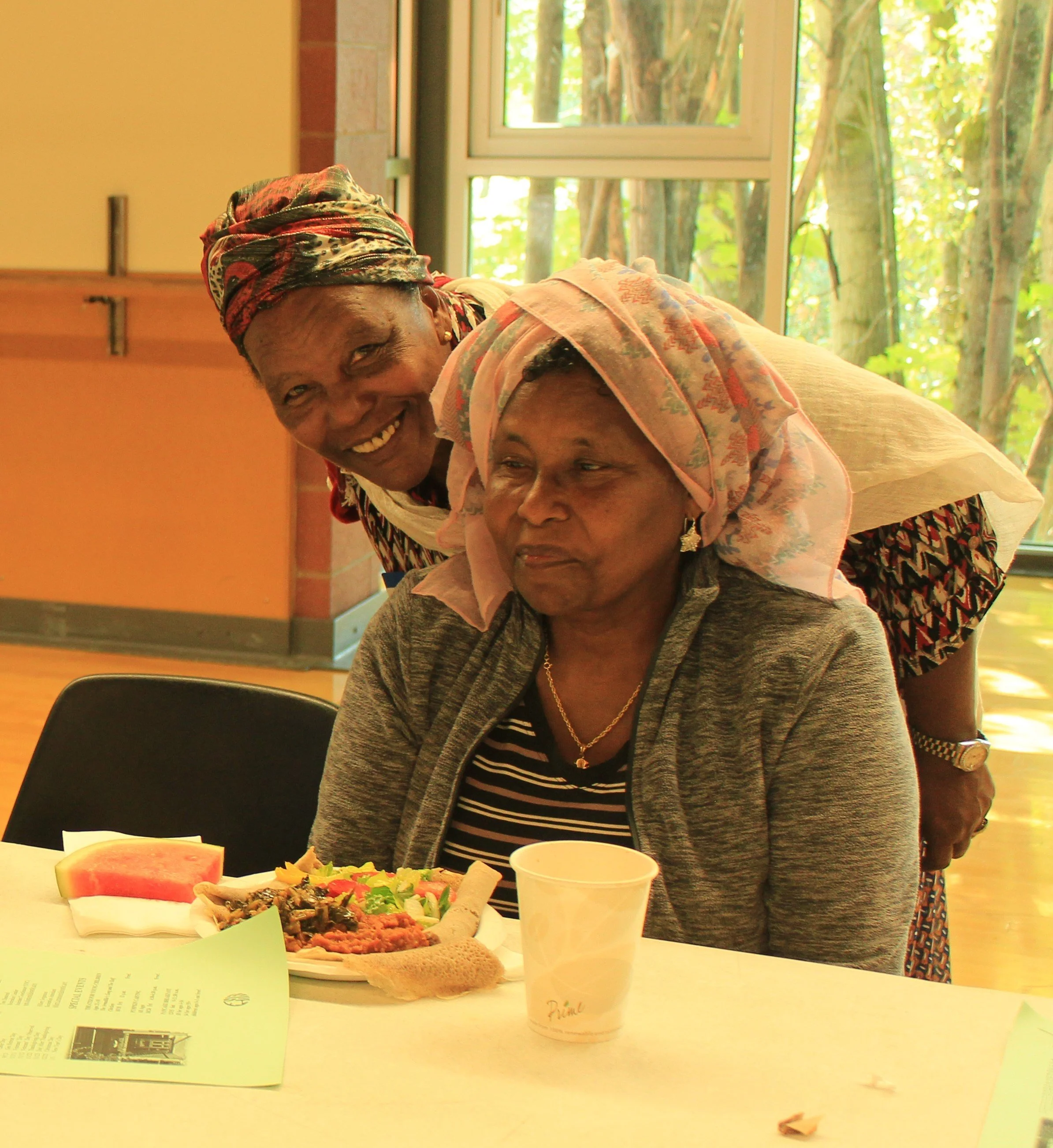
Combating Hunger In Our Communities
Providing organizations on the front line of hunger relief with the tools, resources, and stability, to continue their life-saving service.
Our Mission
MPC works to ensure everyone has safe and reliable access to high quality, nutritionally dense meals.
Our Members
MPC is a coalition of 45+ meal providers serving more than 4 million free meals each year within the Puget Sound region.
Take Action
Support those fighting hunger in our community!
For general inquiries, please fill out the form below and we will be in touch.


